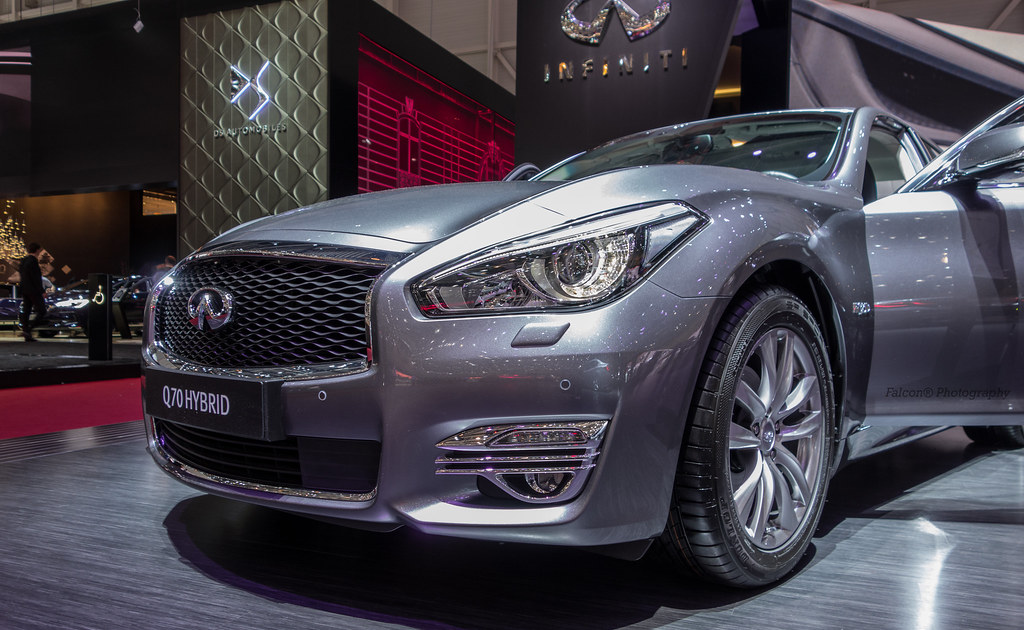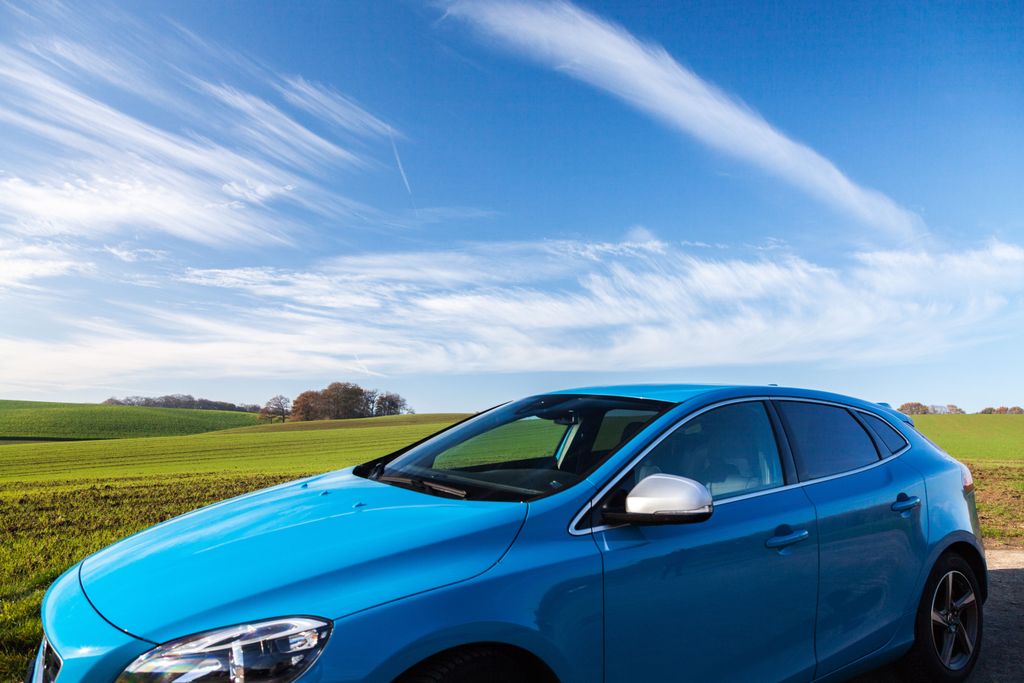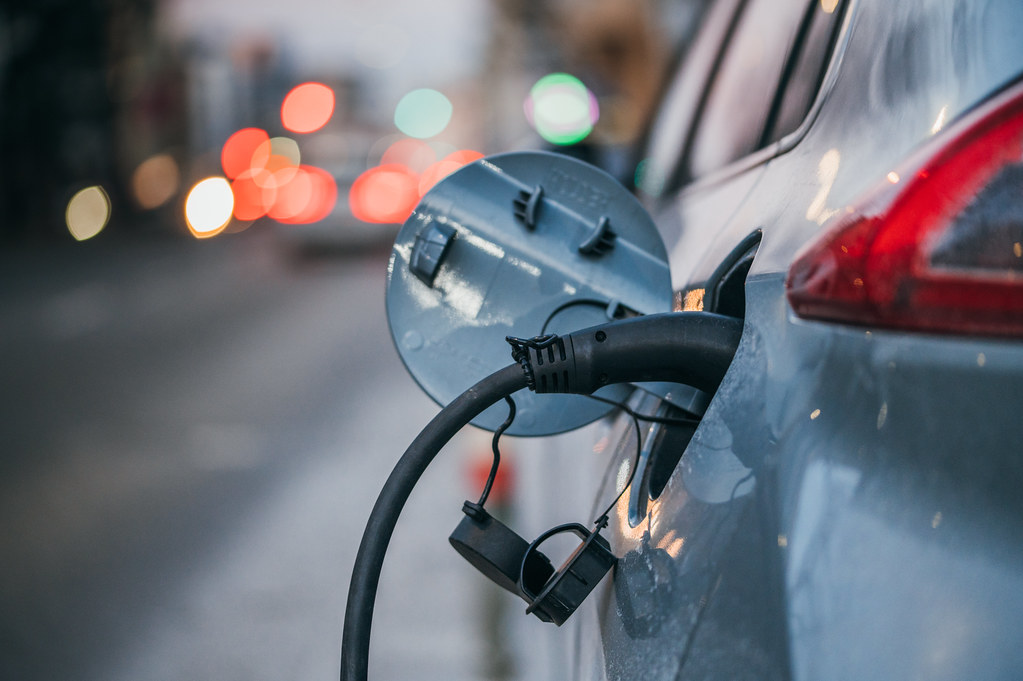
The automotive industry stands at a profound inflection point, undergoing a transformation arguably more significant than the shift from steam to internal combustion. For decades, established titans of car manufacturing, particularly those in Europe, commanded the global stage with their engineering prowess and brand prestige. Yet, as the world pivots decisively towards electric vehicles (EVs), many of these legacy brands find themselves caught in an unexpected undertow, struggling to maintain their footing in a race dominated by agile newcomers and rapidly innovating challengers.
This isn’t merely a change in powertrain; it’s a fundamental reimagining of vehicle design, manufacturing processes, software integration, and consumer expectations. While the allure of electric mobility promises a cleaner, more sustainable future, the path to get there is proving arduous for many of the industry’s stalwarts. We are witnessing profit warnings, significant market share erosion, and existential questions about relevance for companies that once seemed unassailable.
Buyers, watching these seismic shifts unfold, are increasingly adopting a ‘wait and see’ approach, hesitant to commit fully while the market remains volatile and the long-term value proposition of many EVs is still being defined. This deep dive will explore the critical challenges confronting some of the most prominent car brands, unraveling the complex ‘whys’ behind their struggles and offering a comprehensive look at the obstacles they must overcome to thrive in the electric future.

1. **Volkswagen Group’s Stalled Supertanker**Once poised to dominate the electric vehicle landscape, Volkswagen Group, encompassing brands like Audi and Porsche, is now grappling with significant headwinds that have dampened its ambitious EV transformation. In 2019, then-CEO Herbert Diess declared, “Volkswagen will change radically,” predicting the company would overtake Tesla as the number one EV manufacturer by mid-decade. However, nearly five years later, the reality paints a starkly different picture: Volkswagen sold fewer than half of Tesla’s 1.31 million EVs last year, finding itself miles behind its US rival.
The most pressing challenge for Volkswagen lies in China, its single largest market and a country where it has historically been the biggest-selling car brand since at least 2000. Here, the company is on the verge of losing its crown to local electric rival BYD. GlobalData, a data analytics company, forecasts Volkswagen’s sales in China to shrink by 7% in 2023, even as the overall EV market in China is expected to grow by more than a quarter. This dramatic shift has pushed the group to eighth place in China’s fast-growing electric car market, holding a mere 3.3% share, compared to BYD’s 25% and Tesla’s 15%.
Internally, Volkswagen is battling high costs and low productivity, leading Thomas Schaefer, CEO of Volkswagen passenger cars, to admit, according to Reuters, that the group’s flagship brand is “no longer competitive.” Executives are actively engaging with workers to identify €10 billion ($10.8 billion) in cost cuts to boost efficiency, a desperate measure given that the Volkswagen brand’s profit margins are currently in the low single digits. Daniel Roeska, head of EU automotive research at Bernstein, critically noted, “Whatever they do in this cost restructure, it’s definitely going to be better than not doing it… it’s also likely that they will be unable to do enough.”
The infamous “Dieselgate” scandal of 2015, where Volkswagen admitted to rigging emissions tests, also casts a long shadow. Roeska suggests it “shook their confidence quite a bit,” causing the company to “over-correct” on compliance, making it “a lot more cautious and in turn a lot slower.” This newfound caution is a critical disadvantage in the fast-paced EV race, where speed of innovation is paramount. For instance, Volkswagen’s concept electric GTI, unveiled in September, is not slated to hit the market until 2027, a stark contrast to the rapid development cycles of Chinese manufacturers like BYD, which can decide on a product in 2025 for a 2027 market entry.
Furthermore, inferior software has been highlighted by GlobalData’s Al Bedwell as Volkswagen’s “Achilles’ heel.” Early iterations of the ID.3, Volkswagen’s flagship electric passenger car, were plagued by “glitchy” on-board technology and underdeveloped software, leading to a perception that VW was “behind the curve.” While these early software issues have reportedly been addressed, the initial missteps significantly eroded consumer trust and provided rivals with an opening. The company is now actively partnering with local carmakers in China to expand its product range and improve technology, a clear acknowledgment of its domestic shortcomings and the fierce competition.

2. **Mercedes-Benz Group’s Luxury EV Hurdles**Mercedes-Benz, a name synonymous with luxury and automotive excellence, is not immune to the turbulent shifts in the EV market. As one of Germany’s major domestic manufacturers, the Mercedes-Benz Group has recently issued profit warnings, reflecting the broader economic weakness and sluggish demand, particularly in China, the world’s largest car market. This signals a difficult period even for brands at the pinnacle of the automotive hierarchy.
The Bank of America’s EV Tracker report underscores Mercedes-Benz’s struggles, revealing a significant tumble in its global electric vehicle market share. Traditionally a leader in the luxury segment, the brand saw its market share decline to a mere 1.9% in July 2024, a notable drop from 2.5% a year prior. This reduction in market footprint highlights the intense competition and the challenges even premium brands face in capturing and retaining EV customers.
These struggles are compounded by a confluence of regional headwinds affecting European carmakers. The abrupt end to Germany’s electric car subsidy program late last year has undeniably impacted sales momentum. Additionally, Berlin’s recent failure to prevent fellow European Union member states from voting in favor of EU tariffs on Chinese EVs suggests a waning influence over regional policy, further complicating the competitive landscape for brands like Mercedes-Benz aiming to compete against aggressive Chinese pricing.
While the “made in Germany” quality label generally still holds appeal, Rico Luman, senior sector economist at ING, emphasizes that it is “not enough as the world of automotive is changing rapidly.” He notes that customers are now “looking at new concepts anyway” as the industry undergoes a “full-scale make-over of model ranges.” For Mercedes-Benz, maintaining its status requires not just traditional quality but also swift adaptation of product portfolios, organizational structures, and productivity to align with the demands of electrification.
The transition means it will be increasingly vital for German automakers like Mercedes-Benz to scale tech-rich supplies for EVs, particularly in battery technology. This aspect, as Luman points out, has “not yet been developed in Berlin,” indicating a strategic gap that luxury brands must rapidly address to secure their long-term competitiveness. The struggle extends beyond mere vehicle design to the foundational components that define the new electric era.
Read more about: The 13 Most Expensive Mistakes Made by Major Tech Companies in the Last Decade: Lessons for Every Business
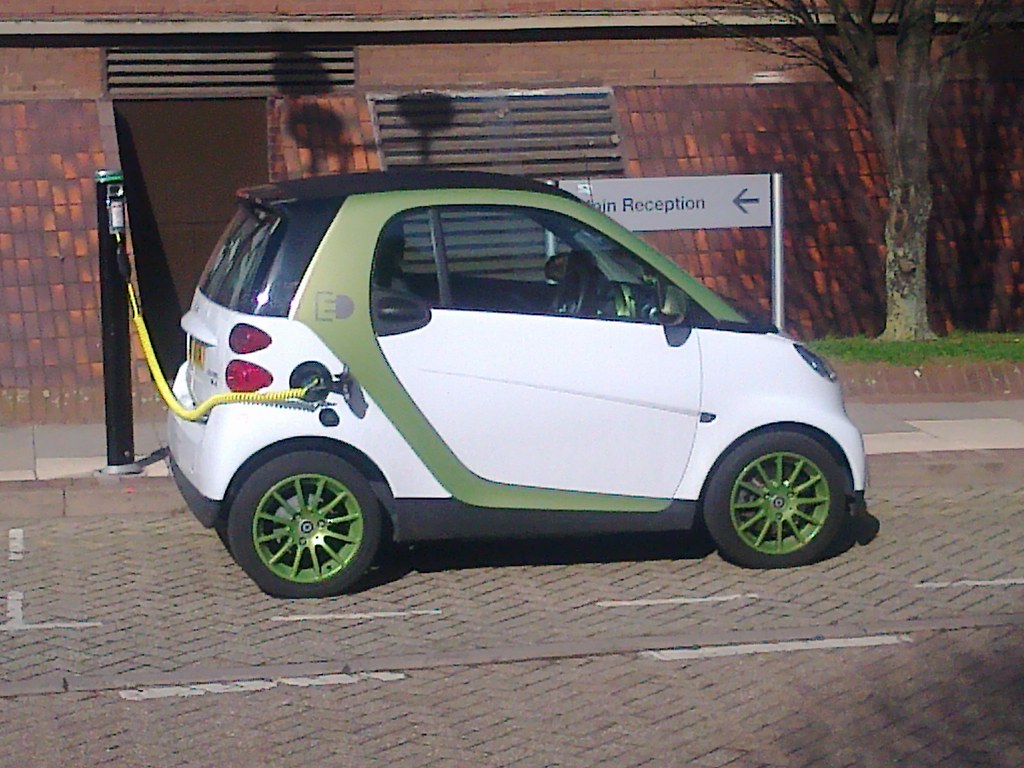
3. **Stellantis’s Eroding Global Market Share**Stellantis, a multinational automotive corporation born from the merger of Fiat Chrysler Automobiles and PSA Group, represents another significant European carmaker experiencing considerable setbacks in the global electric vehicle race. Despite its broad portfolio of iconic brands, the company has witnessed a notable erosion of its market share in the rapidly evolving EV segment, signaling deep-seated challenges in its electrification strategy and execution.
According to the latest Bank of America’s EV Tracker report, Stellantis’s market share in the global electric vehicle market dropped to a concerning 2.7% in July 2024. This figure represents a sharp decline from 3.6% in the second quarter of 2023 and a further reduction from 4.0% recorded a year earlier. Such a consistent downward trend indicates a profound difficulty in keeping pace with competitors and capturing the growing demand for electric models, particularly battery electric vehicles.
This underperformance places Stellantis among several key European brands “seeing significant losses in market share.” The report explicitly highlights that European carmakers, as a collective, are “struggling to keep pace with the competition, particularly in the battery electric vehicle segment.” For a conglomerate like Stellantis, with its diverse brands and vast production capabilities, this market share decline points to a broader systemic issue within its EV strategy, potentially related to product attractiveness, pricing, or production efficiencies.
The global electric vehicle market continues its growth trajectory, yet the weak performance of European players like Stellantis suggests that the transition to fully electric vehicles could be a more protracted and challenging process than initially anticipated. This struggle is not isolated but reflects the immense pressure from both more agile startups and established rivals, particularly those emerging from China, who are rapidly innovating and scaling EV production.
Consumer hesitation over the higher total cost of ownership associated with battery electric models also likely plays a role in Stellantis’s sales figures. While the context does not explicitly detail Stellantis-specific consumer feedback, the broader European market trend shows reluctance due to high purchase prices and significant depreciation. As such, the company must confront these underlying market dynamics to reverse its declining market share and regain momentum in the fiercely competitive EV landscape.
Read more about: Behind the Dealership: Unpacking the Strategic Choices of 8 Auto Giants Navigating a Global Market in Flux
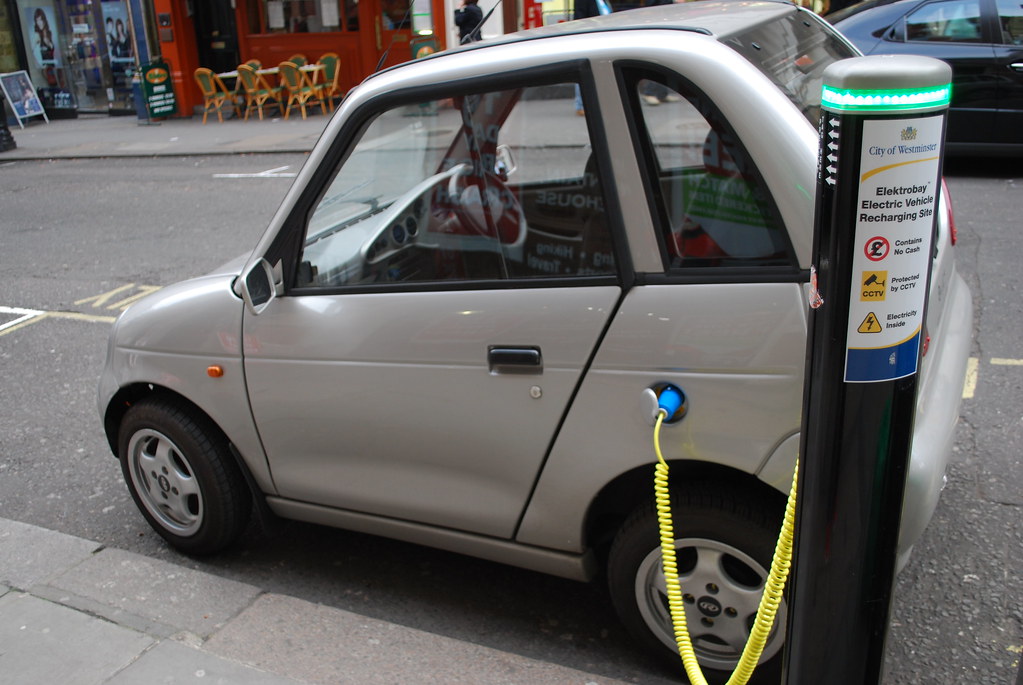
4. **Audi’s Production Crossroads**As a marquee brand within the Volkswagen Group, Audi shares many of the broader challenges facing its parent company in the EV transition. However, beyond the collective struggles of high costs, software integration, and intense competition in markets like China, Audi faces a particularly acute and tangible threat to its manufacturing operations, epitomized by the precarious future of one of its key European plants.
The context explicitly states that the “Audi Brussels plant risks closure as car model ceases production after 2025.” This specific detail highlights the profound and immediate impact of the shift to electrification on existing production infrastructure and labor. It’s a stark reminder that the EV race isn’t just about developing new models, but also about the complex, costly, and often painful process of phasing out traditional vehicle lines and retooling factories for electric production.
Such a risk of closure signals fundamental issues that go beyond sales figures; it points to challenges in product portfolio management, manufacturing flexibility, and the strategic allocation of resources within the broader Volkswagen Group. For a brand like Audi, known for its precision engineering and established production capabilities, the discontinuation of a model line and the associated plant closure risk represents a significant blow to its operational stability and long-term planning.
This situation also underscores the immense pressure on legacy automakers to adjust their product offerings and ramp up productivity quickly enough to preserve their relevance. The decision to cease production of a car model without a clear, immediate replacement for the plant signifies a potential gap in Audi’s or the Group’s forward-looking EV production strategy. It’s a microcosm of the larger struggle to adapt organizations and product portfolios fast enough to meet the demands of the electric future, as noted by ING’s Rico Luman.
Moreover, the Audi Brussels plant scenario is a concrete example of the specter of job cuts and possible German plant closures that are haunting the German automotive sector. While the German government has expressed consideration for supporting Volkswagen through cost-cutting without domestic plant closures, the risk to the Audi plant demonstrates the formidable economic and social consequences that accompany the industry’s rapid electrification, affecting not just the brand’s output but also its workforce and regional economies.
Read more about: 15 Vehicles Millennials Are Steering Clear Of: Unpacking the Generational Divide in Automotive Appreciation
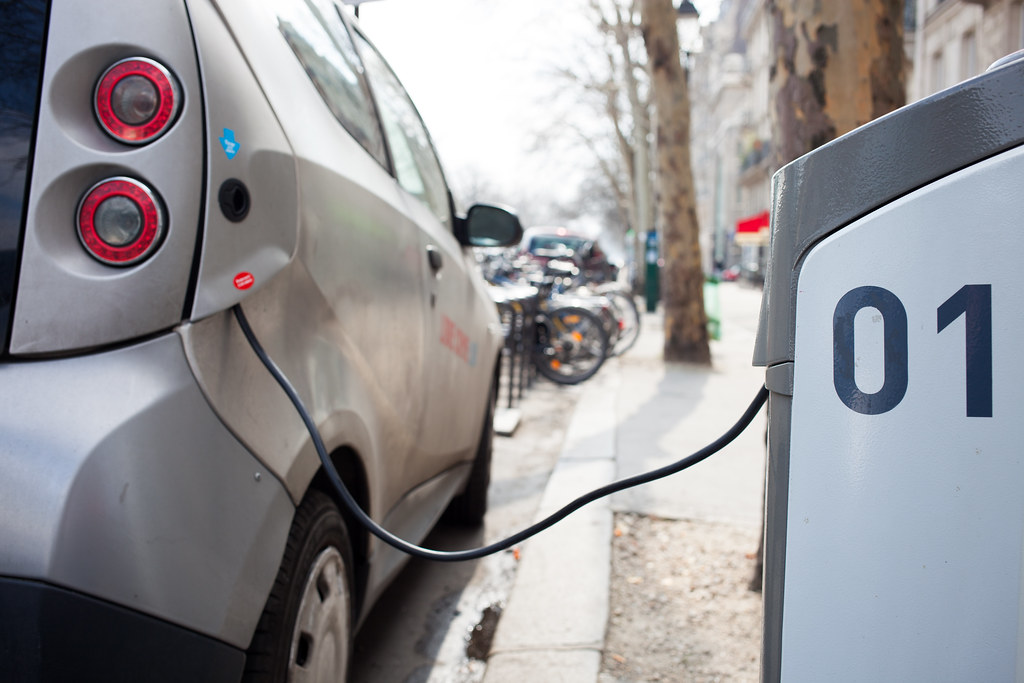
5. **The Fading Luster of ‘Made in Germany’**For decades, the “Made in Germany” moniker has been a global benchmark for quality, reliability, and innovative engineering, particularly in the automotive sector. German brands like Volkswagen, Mercedes-Benz, and BMW have built their formidable reputations on the back of meticulously crafted internal combustion engine (ICE) cars. However, in the age of electrification, this once-unquestionable badge of honor is facing an unprecedented challenge, prompting questions about its enduring relevance and luster.
Germany’s automotive sector, while historically dominant, is now “struggling to preserve its relevance in the age of electrification,” as stated in the context. This isn’t just about individual brands; it’s a systemic crisis facing an entire national industry. Major domestic manufacturers have collectively issued profit warnings, reflecting economic weakness and sluggish demand, and signaling that their traditional strengths are not translating seamlessly into EV success.
Industry experts like Rico Luman of ING acknowledge that “the German quality label generally still holds, but that’s not enough as the world of automotive is changing rapidly.” He elaborates that while quality is often associated with the past, the present demands a “full-scale make-over of model ranges” and a focus on “new concepts.” This implies that the historical reputation, while valuable, must be actively reinvented to resonate with modern EV buyers who prioritize software, battery performance, and integrated digital experiences.
Compounding this challenge are several external pressures. The abrupt end to Germany’s electric car subsidy program and Berlin’s failure to prevent EU tariffs on Chinese EVs have created a more difficult operating environment. These policy shifts directly undermine the competitiveness of European-made EVs and contribute to the high cost of ownership that deters consumers. The notion of Germany’s “waning influence over regional policy” further adds to concerns about the sector’s future trajectory.
The core of the problem lies in the industry’s ability to adapt swiftly. Luman questions “whether German car makers manage to adjust their product portfolios, change their organizations, and ramp up productivity quickly enough to preserve the status and relevance they had for decades.” This requires not just technological innovation but also a cultural shift within these long-established companies. The struggle for the “Made in Germany” label is thus a battle for future identity and global leadership in a fundamentally transformed automotive landscape.
The initial enthusiasm for electric vehicles is undeniably confronting a complex reality. While the struggles of European giants are stark, they are part of a wider tapestry of industry headwinds that are reshaping the entire EV landscape. From unexpected market shifts affecting segment leaders to the persistent questions swirling around consumer readiness and government policy, the race to electrification is proving to be a marathon with many unforeseen hurdles, impacting not just manufacturers but the very pace of global EV adoption. It’s a challenging environment, where even the most prominent players face a steep climb.
Read more about: Before the ‘Stang: Do You Remember These 12 Incredible, Often-Forgotten 1960s Car Gems?
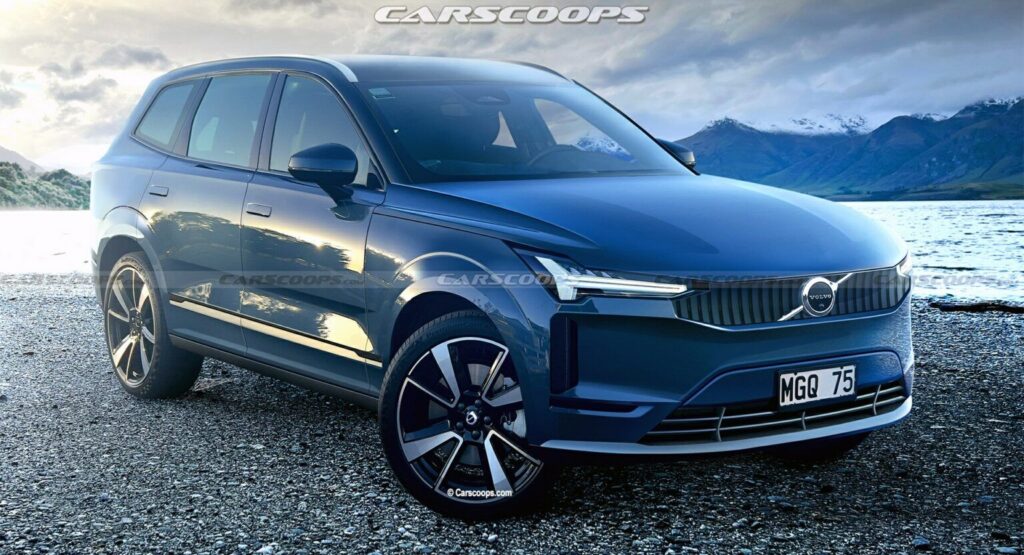
6. **Tesla’s Unforeseen European Retreat**For years, Tesla has been the undisputed trailblazer in the electric vehicle revolution, synonymous with innovation and market disruption. However, even the pioneering American automaker is not immune to the intensifying pressures and evolving dynamics of the global EV market. Recent data reveals an unexpected dip in Tesla’s market share, particularly pronounced in the crucial European market, signaling that its dominance is no longer unchallenged and its growth trajectory, while still impressive, is facing new headwinds.
According to the Bank of America’s EV Tracker report, Tesla’s global battery electric vehicle market share experienced a notable decline, falling to 14.0% in July 2024 from 19.4% in the second quarter of 2023. This reduction is not merely a statistical blip; it reflects a broader industry shift where competition is intensifying from multiple fronts. The context highlights that this decline was “especially pronounced in Europe, where Tesla’s electric vehicle sales dropped by 5% in July.” For a company that has consistently set the pace, any such reversal warrants a closer look.
One of the primary factors contributing to Tesla’s sales dip in Europe is attributed to higher prices for its Model 3. This price increase, according to the available data, is “driven by import tariffs on vehicles manufactured in China.” This reveals a complex interplay of global trade policies, manufacturing origins, and local market pricing strategies. As Tesla has expanded its production footprint, particularly in China, it has become more susceptible to tariffs impacting cross-continental vehicle shipments, directly affecting its competitiveness in key markets like Europe.
This situation underscores a critical challenge for all global automakers: balancing global manufacturing efficiencies with regional market dynamics and trade barriers. While manufacturing in China might offer cost advantages, the imposition of tariffs can swiftly erode those benefits, making vehicles less affordable for European consumers. Tesla’s experience illustrates that even a brand with strong loyalty and technological leadership must navigate a complex geopolitical and economic landscape to maintain its sales momentum and market position, especially as affordability becomes an increasingly significant factor for widespread EV adoption.
Read more about: The 11 Worst Depreciating Sedans: What Resale Charts Reveal for Savvy Investors
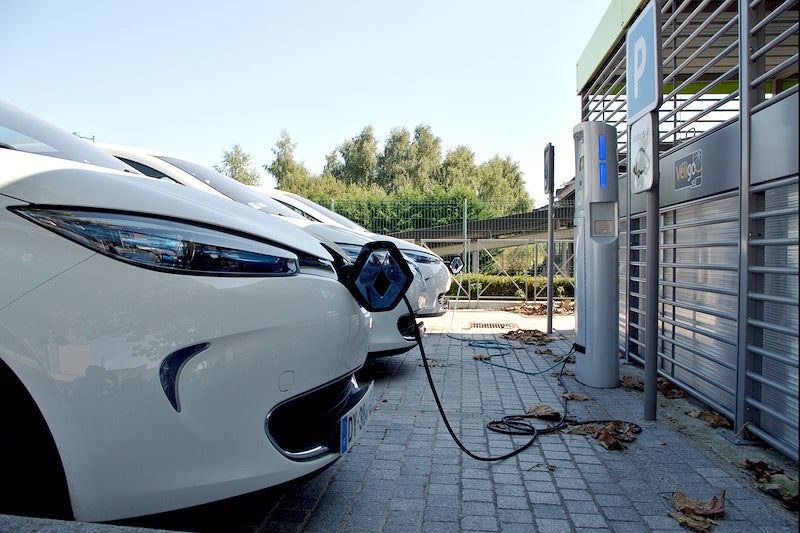
7. **The Relentless March of Chinese Competitors**The narrative of the global electric vehicle market cannot be fully understood without acknowledging the formidable and rapidly escalating presence of Chinese automakers. For years, Western manufacturers largely underestimated or dismissed their Chinese counterparts. However, the tables have turned dramatically, with Chinese brands not only dominating their colossal domestic market but also aggressively expanding their reach globally, putting immense pressure on legacy players and even challenging established EV leaders like Tesla.
Leading this charge is BYD, a company that has not only solidified its position as a global electric vehicle leader but has also successfully “dethron[ed] Tesla” in terms of overall market share. BYD boosted its market share from 14.7% in the second quarter of 2023 to an impressive 17.2% in July 2024. This growth is particularly significant as it demonstrates a strategic nimbleness: while BYD’s battery electric vehicle sales in China saw a 7% decline, its global plug-in hybrid sales surged by an impressive 62% year-on-year. This dual-pronged strategy—offering both BEVs and PHEVs—allows BYD to cater to a broader spectrum of consumer preferences and overcome some of the prevailing hesitations regarding full electrification.
The success of Chinese manufacturers like BYD is a direct challenge to the traditional automotive hierarchy, especially in markets like China where Volkswagen is now struggling to maintain its decades-long dominance. GlobalData forecasts Volkswagen’s sales in China to shrink by 7% in 2023, even as the overall EV market there is expected to grow by more than a quarter. In this same market, BYD commands a staggering 25% share, compared to Volkswagen Group’s mere 3.3%. This stark contrast highlights the rapid innovation, aggressive pricing, and deep understanding of local consumer needs that Chinese brands bring to the table.
The impact of Chinese competition extends beyond market share figures; it’s a systemic shift that reshapes pricing expectations and technological benchmarks. As UBS’s Patrick Hummel noted, Chinese manufacturers demonstrate a “totally different development cycle and speed to market,” capable of deciding on a product in 2025 for a 2027 market entry, a pace that many Western legacy automakers find difficult to match. This rapid development, coupled with competitive pricing, means that Chinese brands are not just a threat in their home turf but are increasingly becoming formidable rivals in Europe and other global markets, intensifying the pressure on already struggling European carmakers.
Read more about: Navigating the 2025 Fuel Economy Landscape: An In-Depth Analysis for Discerning Automotive Purchases
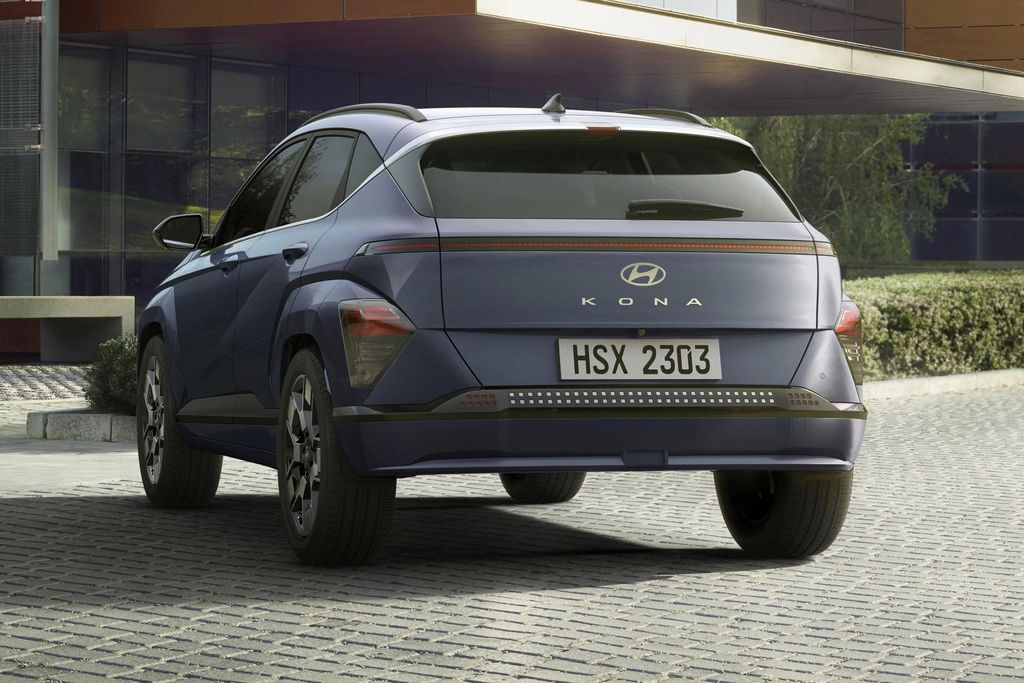
8. **The Cost Barrier: Why European Buyers Hesitate**One of the most persistent and significant hurdles impeding the widespread adoption of battery electric vehicles (BEVs) in Europe is the pervasive issue of high costs. While the long-term running costs of EVs are often touted as lower than those of internal combustion engine (ICE) vehicles, the initial purchase price remains a substantial deterrent for a large segment of consumers. This upfront financial barrier contributes significantly to the ‘wait and see’ mentality observed across the continent, directly impacting sales momentum and prolonging the transition to a fully electric fleet.
According to Bank of America, the “higher total cost of ownership compared to internal combustion engine vehicles” is a key reason for the sluggish growth of BEVs in Europe. This comprehensive view includes not just the sticker price but also factors such as financing, insurance, and crucially, depreciation. The report explicitly states that “high purchase prices and significant depreciation have deterred wider adoption.” For many consumers, the uncertainty surrounding residual values and the fear of rapid depreciation make a significant investment in a BEV a risky proposition, especially as technology continues to evolve rapidly.
Germany, often considered a bellwether for the wider European market, provides a clear illustration of this cost disparity. In Germany, “battery electric vehicle prices remain around 20% higher than their internal combustion engine counterparts, even after accounting for subsidies and rebates.” This 20% premium, even with financial incentives factored in, represents a considerable additional outlay for buyers. Such a price gap is a major obstacle for mass-market adoption, pushing many potential EV buyers to reconsider or postpone their purchase until prices become more competitive.
Analysts are unequivocal in their assessment: “Battery electric-vehicle prices need to come down in order to trigger a sales boom regardless of regulation.” This statement encapsulates the core of the problem. While regulatory pressures, such as the EU’s ambitious emissions targets, are pushing manufacturers towards electrification, the market itself demands greater affordability. Until BEVs can compete more directly on price with their ICE equivalents, a significant portion of the European market will likely remain in a state of hesitation, preferring to observe how prices and technology evolve before committing to the electric future.
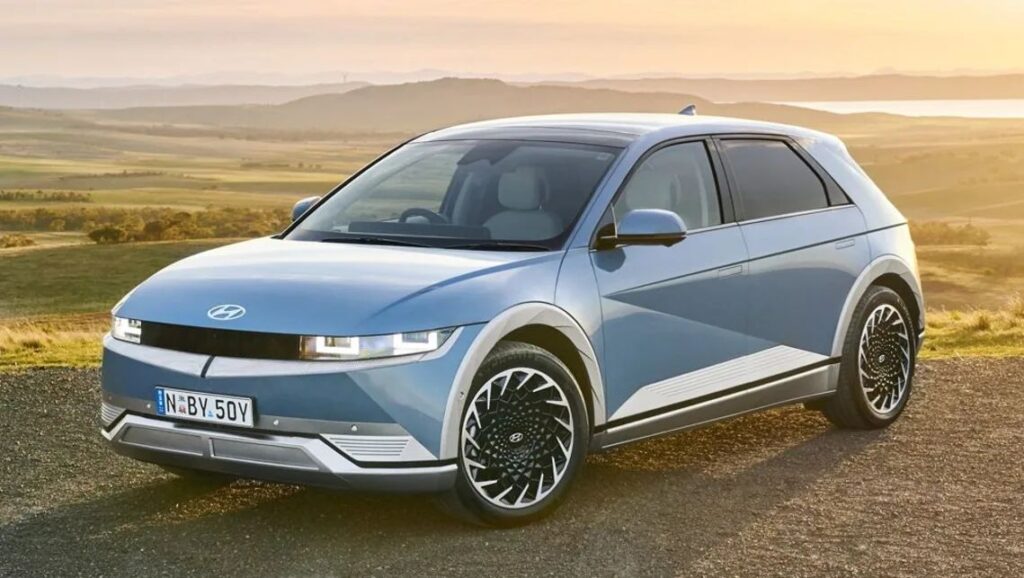
9. **Policy Shifts and Their Ripple Effect**The journey toward electric mobility in Europe is not solely dictated by technological advancements or market forces; government policies and their sudden shifts play a profoundly influential, and at times disruptive, role. Recent policy changes, particularly in Germany, and broader European Union dynamics, have created a more challenging environment for automakers and consumers alike, directly impacting EV sales momentum and adding layers of complexity to the industry’s transition. These shifts highlight the critical interdependence between industry strategy and regulatory frameworks.
A significant blow to the European EV market came with the “abrupt end to Germany’s electric car subsidy program late last year.” Germany, being Europe’s largest automotive market and a key driver of EV adoption, saw this sudden cessation of subsidies reverberate deeply. As Bank of America analysts noted, “Electric vehicle sales in Germany suffer currently from a very high comparison base from a year ago, when purchase subsidies for company cars expired in September 2023.” This sudden withdrawal of financial incentives instantly made BEVs less attractive to buyers, causing a noticeable slowdown in sales and impacting the financial planning of both manufacturers and consumers.
Compounding this domestic policy change is Berlin’s recent “failure to prevent fellow European Union member states from voting in favor of EU tariffs on Chinese EVs.” This outcome signifies not only a diplomatic setback for Germany but also a direct blow to the competitiveness of European-made EVs. Tariffs on imported Chinese EVs, while intended to protect the domestic industry, can inadvertently increase the overall cost of electric vehicles in the European market, making them less accessible and further exacerbating the affordability issue that already deters many consumers.
The broader implication of these policy shifts, particularly Germany’s apparent “waning influence over regional policy,” is a cause for concern across the automotive sector. For decades, Germany has been a powerful voice in shaping EU automotive regulations. This perceived reduction in influence makes it harder for its domestic industry to advocate for policies that would support its transition and competitiveness. Such an environment of unpredictable policy, coupled with waning political leverage, creates a volatile landscape for long-term strategic planning for European carmakers, further complicating their path in the global EV race.
Read more about: Navigating the Tides: How Small Businesses Are Mastering Seasonal Hiring Challenges for Sustained Growth
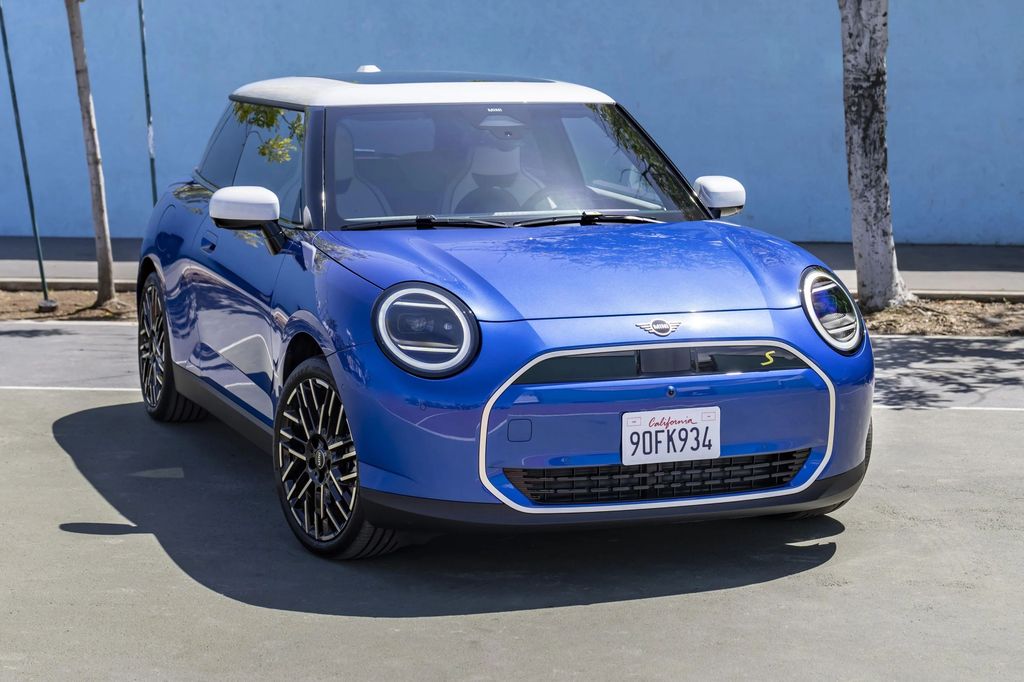
10. **The ‘Wait and See’ Mentality and a Shifting Market**The confluence of high costs, policy uncertainties, and intense competition has fostered a pervasive ‘wait and see’ mentality among European consumers, significantly impacting the pace of mass EV adoption. This hesitation is reflected in recent sales figures and market trends, indicating that the transition to fully electric vehicles might be more protracted and nuanced than initially forecast. The market isn’t rejecting electrification outright, but it is certainly demanding more compelling value propositions and greater stability before committing wholeheartedly.
Globally, electric vehicle sales in July 2024 totaled 853,000, “increasing by just 6% year-on-year,” a performance described as “tepid” and raising “doubts about the sector’s ability to sustain its growth momentum.” This overall slowdown is a clear indicator that while the EV market is still expanding, the explosive growth rates seen in previous years are decelerating, particularly in regions grappling with the aforementioned challenges. European carmakers, in particular, are “struggling to keep pace with the competition, particularly in the battery electric vehicle segment,” as highlighted by Bank of America data.
Interestingly, amid this backdrop of slowing BEV growth, there’s a notable surge in demand for plug-in hybrid electric vehicles (PHEVs), which “surged by 58% year-on-year, driven primarily by China’s strong demand.” This shift towards PHEVs, combining electric range with the reassurance of a combustion engine, may reflect consumers’ concerns over “the range limitations of fully electric vehicles and the higher total cost of ownership associated with battery electric models, particularly in Europe.” PHEVs offer a compromise, addressing range anxiety and often presenting a lower upfront cost, thus appealing to the ‘wait and see’ demographic.
Looking ahead, the outlook for Europe’s BEV market has been revised downward, with Bank of America predicting a “2% year-on-year decline in 2024.” While regulatory pressures, such as the EU’s ambitious 2035 ban on new ICE vehicle sales, will continue to push manufacturers towards electrification, the ongoing challenges—high costs, policy instability, and consumer hesitation—remain significant obstacles. The transition to fully electric vehicles, therefore, appears poised to take longer than initially anticipated, evolving into a phased adoption where market dynamics, rather than just mandates, ultimately determine its speed and shape.
Read more about: Beyond the Showroom: 14 Transformative Digital Shifts Reshaping Car Dealerships by 2035
Despite these formidable challenges, the narrative isn’t entirely one of struggle. BMW, for instance, has managed to defy the trend, reporting “significant growth in its battery electric vehicle market share,” with sales soaring by 40% year-on-year in July 2024. This success, largely attributed to models like the i4, iX1, and i5, suggests that strategic focus on BEVs over PHEVs, coupled with strong product offerings and brand loyalty, can still yield positive results. The future of the EV race, while currently favoring agility and affordability, still offers pathways to success for those who can adapt, innovate, and connect with a discerning, yet increasingly cautious, consumer base. The ‘wait and see’ period will continue, but the brands that truly understand its underlying reasons will be the ones that ultimately thrive.

